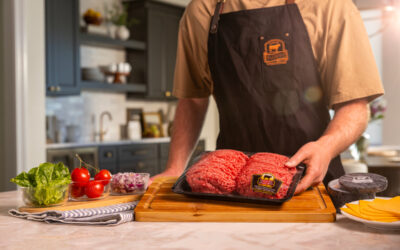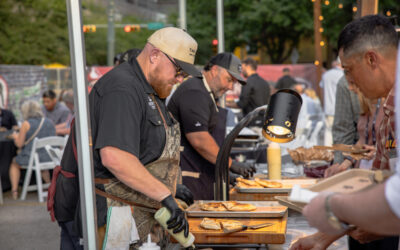
A DAY IN THE LIFE OF A KANSAS CITY CHEF, PART II
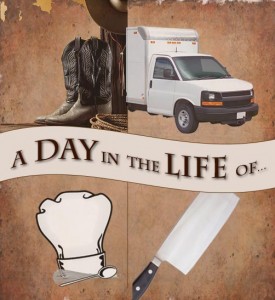 Today we pick back up following Chef Zac Alft through a sizzling Saturday night in Kansas City.
Today we pick back up following Chef Zac Alft through a sizzling Saturday night in Kansas City.
Filet Fires
It was nearing 6 p.m. and there was not a seat to be found at Maker’s Mark, which had opened its private dining areas to the public to accommodate upwards of 250 seats. With the Bon Jovi show kicking off by 7:30, this was running exactly how Alft and Kieffaber had planned.
Despite the packed dining room, the kitchen, though hectic, is orderly and at ease.
It’s 6:15 when Alft arrives back at the Gallery, and plans immediately hit a snag.
The 360 pepper-crusted filets were scheduled to be “fired,” or cooked, at 5:45 to a rare degree of doneness. From there, they’d be placed in a heating box for the next 60 minutes or so, at which time they’d be a perfect medium-rare.
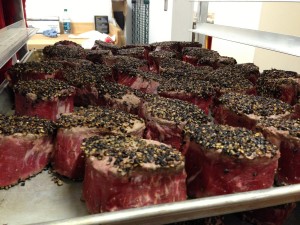
But Alft quickly placed the filets in the oven, but adjusted the cooking time to bring them up to the higher degree of doneness. From there, he and staff set about prepping and plating 400 salads and another 400 entrees.
In less than an hour, the 12-person team plated more than 800 individual dishes, including an additional 72 dessert trays with assorted, handmade pastries and fruits.
By 9 p.m., the dining room was filled with elegant music, low lighting and a relaxed atmosphere completely removed from the backroom chaos.
Nearly three hours after they were cooked, Alft finally cut into one of the extra steaks. The result?
Medium rare. Perfect.
Grill Marks
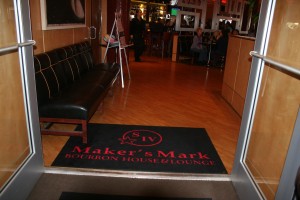
Now it was time to regroup for Round 2.
The show let out and around 10:15, orders started coming. As fast as before, burgers, hummus plates, dessert trays, flat breads and the occasional steak were cooked, plated and presented. It would be one final test for Alft.
So what does a typical day in the life of a chef look like? Most will say there is no such thing.
Rather, being a chef is about processes, parameters and preparation. It’s about surrounding yourself people, who, in the 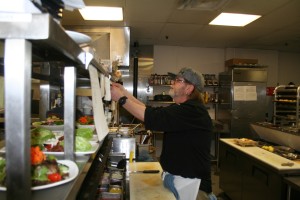
It’s about taking all those ingredients and putting them into a package that, no matter the pitfalls and curveballs, is presented to diners in manner that makes them think an entire kitchen staff worked together for the sole purpose of creating that specific dish on their plate.
Tomorrow, Zac Alft will get out of bed and hit the ground running once again. And although there will be different names, faces and chaos to account for, the end goal will stay the same:
Make good food. Please your customers. Time and time again.
- A Day in the Life of a Kansas Rancher part I & part II
- A Day in the Life of a New York foodservice distributor part I & part II
- A Day in the Life of an Ohio meat cutter, part I & part II
- A Day in the Life of a Kansas City chef, part I
You may also like
Success, Despite Challenges
Today’s market is complex and competitive. The collective effort of stakeholders across the supply chain positions Certified Angus Beef to meet the record demand for premium beef moving forward. Signals across the beef industry are clear and Angus farmers and ranchers seeking high-quality genetics that deliver premium beef are producing a product in high demand.
Keep the Supply Coming
A record-high 800 registrants from 17 countries gathered in Austin, Texas, to learn more about CAB, become inspired by the culinary work of chefs and pitmasters, and celebrate sales and production success. But at the forefront: supply and demand, a reflection of the chaotic past year, and preparing for what’s ahead.
Consumer Demand, Power of Quality
Demand for high-quality beef persists. But with that demand comes challenges. From tight cattle supplies to higher costs and increasing pressure on retailers to deliver a consistent eating experience, the pressure is on. David O’Diam, CAB VP of retail, addressed the current retail beef environment, highlighting both opportunities and challenges in today’s marketplace.

